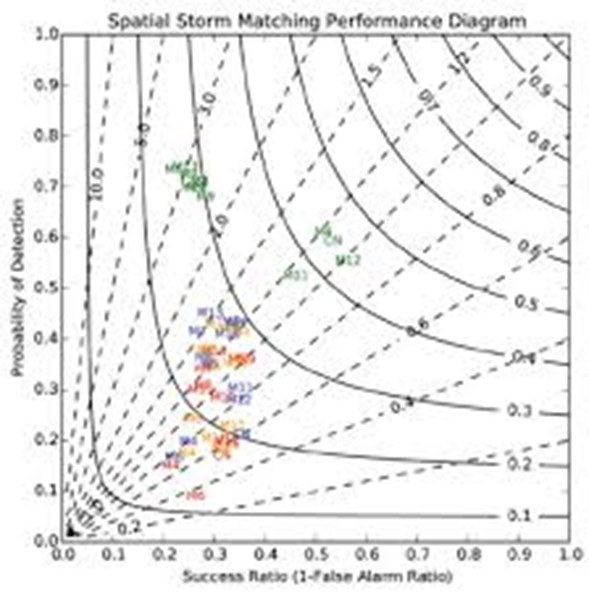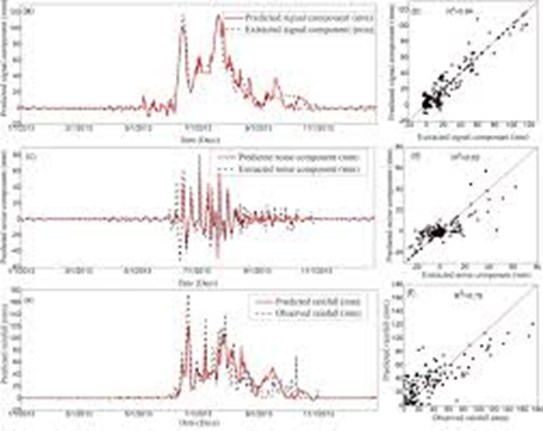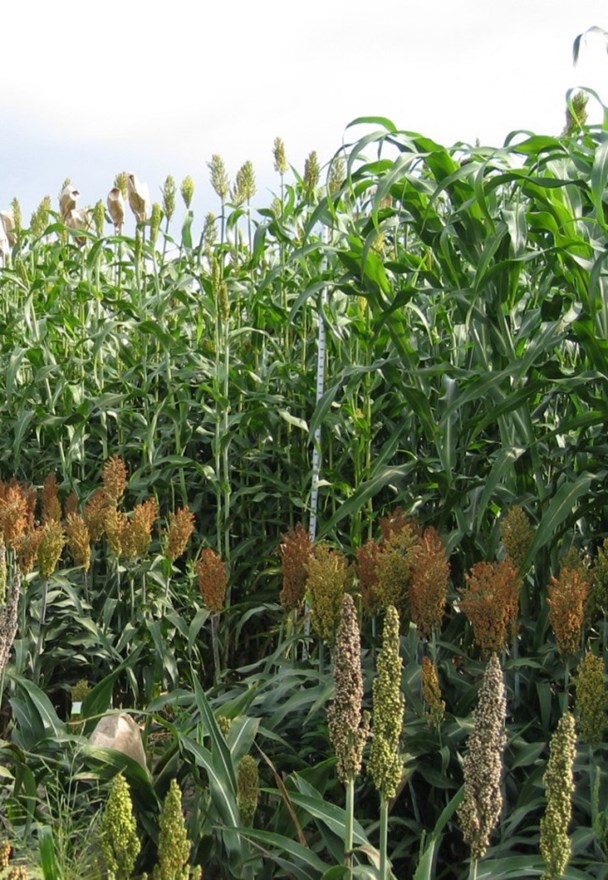
Dr J C Bose was first Indian Plant Scientist, who discovered that the plants also breath. Indian Agricultural scientist and the world over scientist were aware of this fact. Now the Iowa State University scientist has come out with the results that plants are also affected with the Noise.
The researchers at Iowa State University given the patterns in the Noise to get the predictions about the crop performances.
New research led by an Iowa State University agronomist identifies clear patterns in how plants react to different environments that could lead to new ways of predicting crop performance.
The research focuses on flowering time in sorghum, a globally cultivated cereal plant, but the results could have implications for nearly all crops, said Jianming Yu, professor of agronomy and the Pioneer Distinguished Chair in Maize Breeding.
The study, published recently in the peer-reviewed academic journal Proceedings of the National Academy of Sciences, focuses on phenotypic plasticity, or the way plant traits respond to environmental factors.

Yu and his research team gathered data on sorghum plants at sites in Iowa, Kansas and Puerto Rico between 2010 and 2016. They tracked flowering time, or when and for how long the plants flower, and started looking for patterns in the data.
“We want to step into the plant’s shoes to see how they make the decision for when to flower,” said Xianran Li, adjunct associate professor of agronomy and a co-corresponding author of the study.
The three geographical regions in the study presented a wide range of environmental conditions, and, at first, the data presented no obvious patterns, he said. But when the researchers zeroed in on “photothermal time,” a window of time that’s crucial to a plant’s development when it processes the environmental cues of sunlight and temperature, everything fell into place.

The team developed this environmental index based on photothermal conditions and plant outcomes and established a framework for whole-genome performance prediction and gene discovery. Viewing sorghum flowering time through this photothermal lens allowed distinct patterns to emerge that applied to the plants regardless of growing region.
“Not just the overall performance and its prediction, this represents an elegant framework in which scientists can better understand the intricate dynamics of gene effects, the ups and downs, along this environmental gradient,” Yu said.
“We started seeing patterns in the noise,” said Tingting Guo, postdoctoral research associate and a co-first author of the study. “In any environment, if I have this photothermal index, I can use existing performance curves to predict future performance. It’s a standardized framework for making predictions.”
The team is conducting further research to extend this unified framework to other crops and other traits, such as yield or stress resistance, which could allow farmers and plant breeders to make more accurate predictions about how plants will perform in new environments or in unknown environmental conditions. This method can also help researchers cope with the unknowns that accompany plasticity, or the way plants with identical genetics perform differently when exposed to different conditions.
“This turns that challenge into an opportunity,” Yu said. “It gives us a place to start when making predictions with many unknowns involved.”
Chander Mohan
Krishi Jagran/New Delhi










